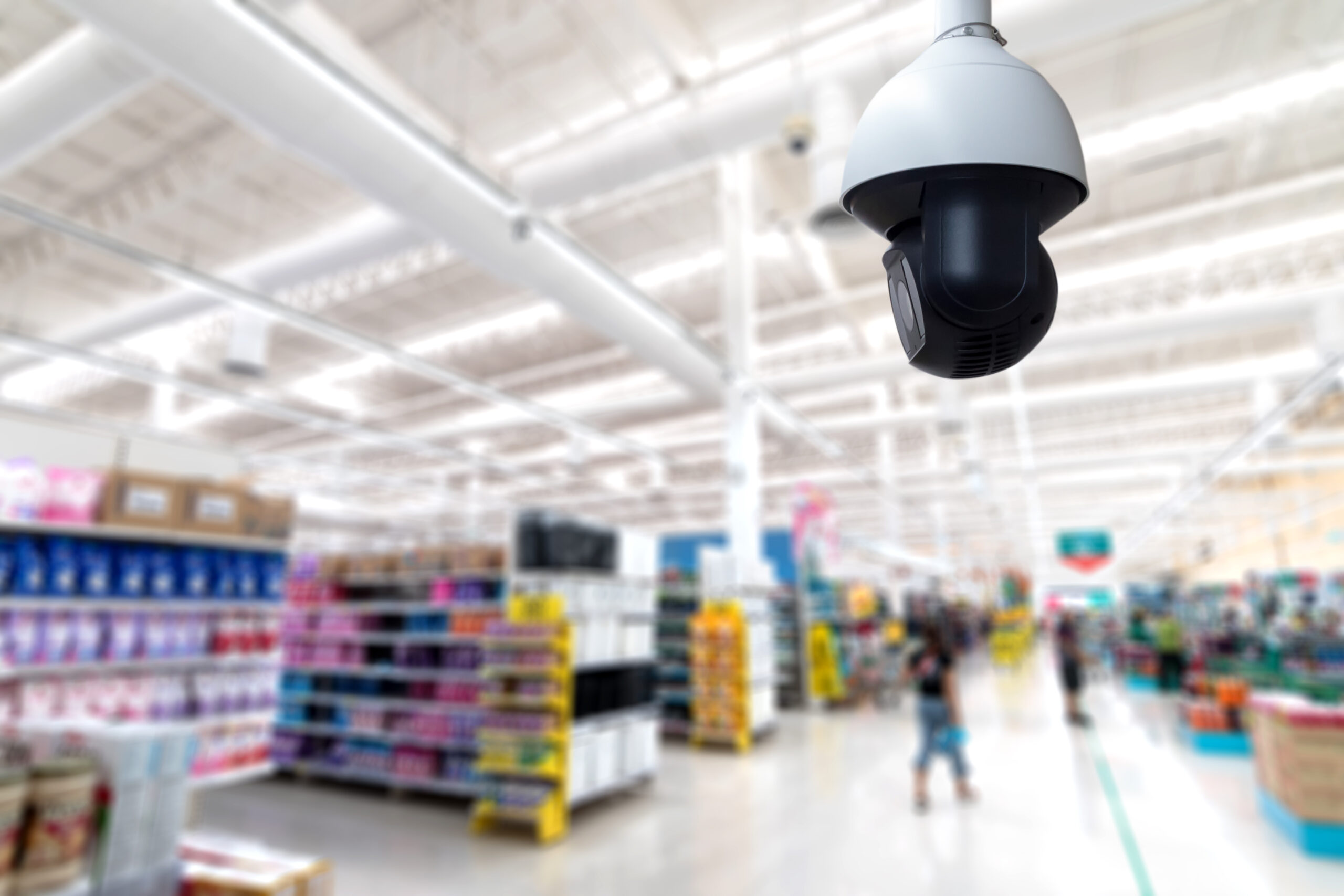The Cost of Retail Theft: Impacts on Pricing and Profits

Retail theft has emerged as a significant challenge for merchants, with estimates suggesting losses of up to $500 million annually. As criminals become more daring and organized, retailers – and, ultimately, their consumers – are shouldering the brunt of these losses, including significant implications on pricing. Read on to learn about the measures and data-driven solutions retailers are adopting to secure their products and counter in-store theft.
1. The Price Impact of Retail Theft
The staggering annual losses from retail theft inevitably raise concerns about their impact on product pricing. While it’s difficult to point to exact numbers and timelines due to other market conditions – such as inflation, which can influence inventory pricing – it’s clear that, as losses accumulate, retailers will eventually be compelled to adjust pricing to offset financial setbacks. Retail expert, Bob Robicheaux, was quoted in a local Fox news segment saying, “On top of inflation and the rising costs of goods sold due to supply chain shortages and labor prices, it’s going to be adding an additional factor. All expenses are passed onto the consumers.”
2. The New Look of Prevention
With little recourse to curb the staggering impact of theft, retailers are resorting to placing their merchandise behind lock and key. While this tactic does solve shrinkage problems, it understandably raises concerns around inconvenience and its negative impact on the shopping experience.
For some retailers, the severity of the theft problem has forced them to take these drastic measures. In order to safeguard products, Walgreens modified two of its Chicago stores, restricting customer access to only two aisles. While this strategy may work for some, other brands are exploring alternative solutions to prevent theft without disrupting the customer experience. To enhance loss prevention efforts, these retailers are experimenting with implementation of AI-informed store layouts based on in-store traffic flow insights and patterns.
3. Data-Informed Prevention
Addressing the rising wave of theft requires a multi-faceted approach that starts well before a thief enters the equation. With access to business intelligence and ensuing data-driven decision making, retailers can proactively take steps to mitigate losses and enhance security. Leveraging and aggregating intelligence about inventory loss, in-store traffic flows, and point-of-sale purchasing, as well as identifying vulnerable areas in the store, retailers can make informed decisions about preventive measures. For instance, pinpointing commonly stolen items, such as deodorant and laundry detergent, can prompt retailers to reevaluate the placement of these products and position additional security personnel or resources to discourage bad actors.
While retailers can proactively and responsibly implement preventive measures, admittedly these steps are often no more than deterrents. Nevertheless, increased situational awareness and heightened understanding of store layout and product placement implications are pivotal to loss prevention and asset protection.
Safeguarding the Physical Shopping Experience
While theft remains a pressing challenge for retailers – accounting for massive annual losses and impacts to consumers and merchants alike – business operators are actively seeking countermeasures. By experimenting with AI technologies, making informed decisions, and responding proactively to developing situations, retailers are cementing their commitment to safeguarding both people and products in their stores. Ultimately – beyond protecting the merchandise and keeping costs down – delivering a holistic and inviting in-store shopping experience relies on the foundation of a safe and secure shopping environment for everyone.
Learn how AI-driven technologies can empower you beyond the realm of asset protection and loss prevention. Discover how retailers can leverage digital and physical channels for optimized retail success.
Signup to receive a monthly blog digest.